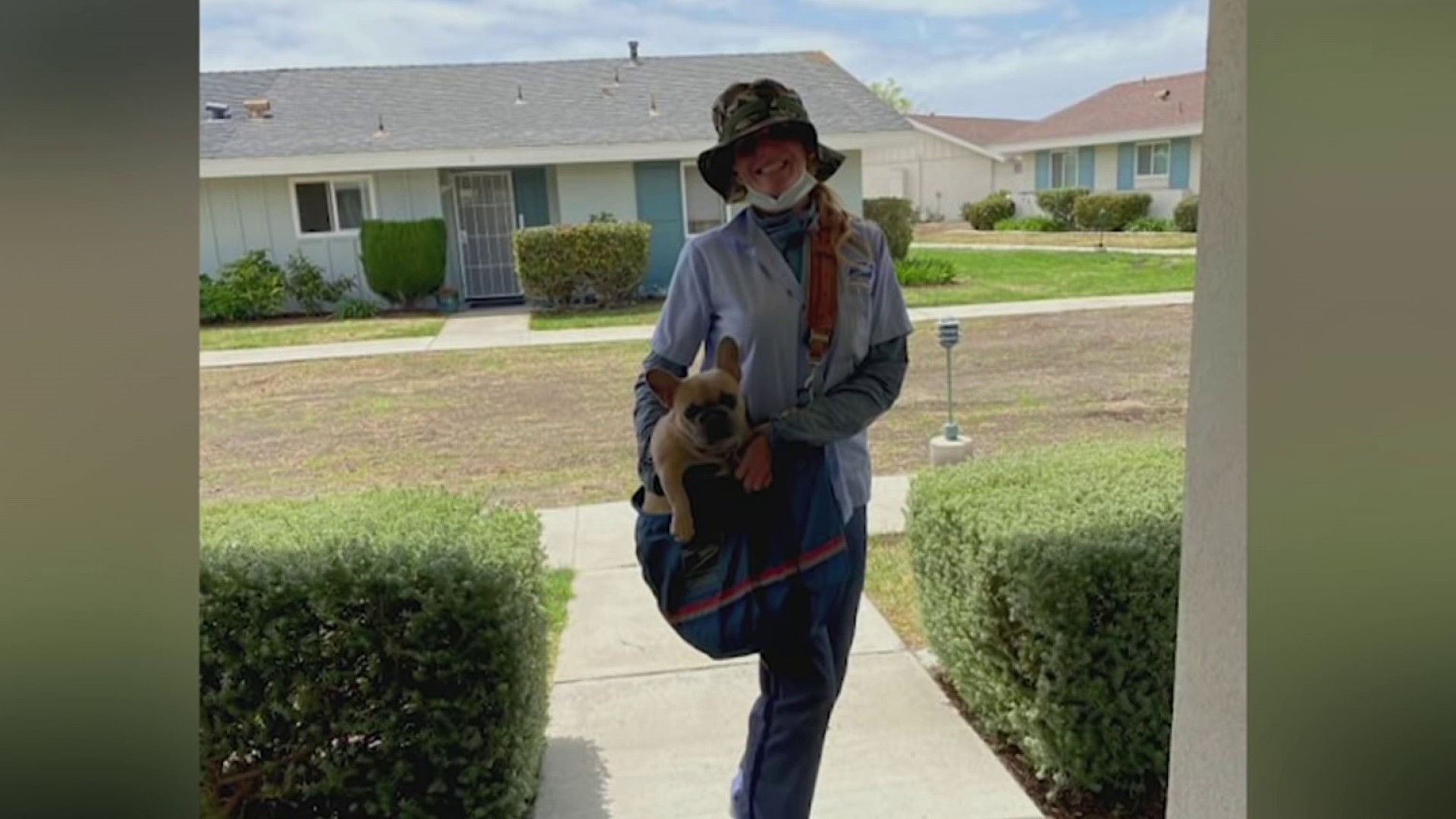
Ever wonder how many kidnappings there were in Kearny Mesa last year? Want to know how many murders there were in Mira Mesa? How about robberies in Rancho Berndardo?
All this data, and much more, is now available on a city website updated daily by the San Diego Police Department that offers "snapshots" of information on crimes committed across the city in near-real time.
The site slices and dices the information in hundreds of different ways, giving a big-picture look at trends citywide during the past week, month quarter, year to date or last year, with a breakdown of offenses in the hundred areas in the City of 100 Neighborhoods.
San Diego Crime Report
Get San Diego local news, weather forecasts, sports and lifestyle stories to your inbox. Sign up for NBC San Diego newsletters.
For example, did you know that there were nearly 400 simple assaults last year in the East Village? No? Well, there were 63 in RB. There were 50 cases of prostitution in 2023 in Barrio Logan and a single one in Talmadge. The Gaslamp leads with cases of public drunkenness, with 648 incidents (that were reported, that is), followed by 299 in Pacific Beach.
Car break-ins were endemic down by the border (575 in Otay Mesa, 448 in San Ysidro and 207 in Otay Mesa West), but there were also plenty in North Park (184), Core-Columbia (210) and La Jolla (124) too.
The SDPD Neighborhood Crime Summary Dashboard contains three tabs that allow the public to visualize crime trends and categories, and map clusters of incident locations. Each category can be accessed either at its citywide level or filtered down to an individual neighborhood.
One of the tabs on the dashboard is the Crime Data Explorer, designed for users who want to filter and compare data across neighborhoods and crime categories. The information may be filtered by date range, policing division, neighborhood or specific type of crime. While the underlying data is not yet accessible on the city's open data portal, it is scheduled to be available soon.
The data, which is updated daily, contains no identifying information about victims, suspects or exact locations of crimes. A short tutorial video can be found on the SDPD's YouTube channel.
In 2021, the San Diego Police Department began reporting to the National Incident Based Reporting System for statistics. NIBRS collects data on all offenses reported to law enforcement agencies, breaking it down into the subsets of crimes against people, such as assault and homicide; against property, as in burglary, theft, robbery and the like; and against society, including alcohol and drug offenses, weapon-related crimes and illegal gambling. The categories are a shift from the older FBI reporting style of simply documenting violent- and property-crime counts.




